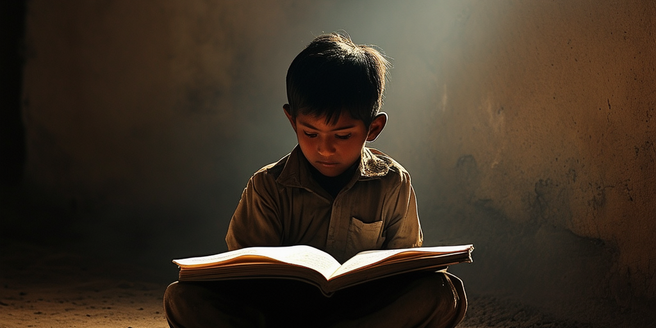Understanding Poverty: Meaning and Measures
Poverty, in simplest terms, is a lack of financial resources leading to an inability to meet basic needs. It implies not just an absence of money, but also a scarcity of resources and opportunities needed for a dignified living. However, the true understanding of poverty extends beyond this definition, exploring the socio-economic factors that exacerbate or cause financial hardship. This exploration requires an interdisciplinary approach that bridges various fields such as sociology, economics, and public health. It includes factors like education, healthcare, quality of life, and opportunities for growth. Measurement of poverty is equally complex. Often, it’s based on income levels but other indices consider living standards, literacy levels, and overall well-being. Understanding and measuring poverty is crucial in formulating effective welfare policies.
Welfare Programs: An Overview
Welfare programs, sponsored by governmental bodies, are designed to provide aid in various forms – financial support, resources, or otherwise inaccessible opportunities – to underprivileged individuals or groups who face challenging circumstances, aiming to catalyze their transition to a state of self-sufficiency. While different in operation, implementation, and extent, the fundamental agenda remains consistent across regions: enhancing the disadvantaged’s living conditions. Key determinants for welfare program models include the country’s economic state, affecting the resources available; the volume of resources the nation can allocate; and the prevailing political climate, which often dictates the welfare model’s function, such as focusing on free healthcare or educational opportunities.
Mechanisms of Welfare Programs in Alleviating Poverty
Welfare programs primarily aim to mitigate poverty issues by delivering resources that supplement revenue streams for those needing financial assistance and fostering opportunities for growth. These programs are diverse and range from direct monetary aid and subsidies for crucial services like housing and healthcare, to skill enhancement initiatives and career placement opportunities. These strategies not only alleviate immediate financial hardships but also work towards breaking the poverty cycle by fostering skill development and providing job opportunities, hence empowering individuals to become self-sufficient.
Through direct financial aid, the welfare system provides immediate and substantial support to the personal income of those in need, resulting in stability and dignified living conditions. Similarly, subsidies on essential services like healthcare, education, and housing decrease the cost burden on individuals, hence ensuring access to critical services fundamental to personal and societal stability.
Beyond fulfilling basic needs, these mechanisms also cultivate long-term stability by facilitating personal and professional growth. This is realized through skill development programs and employment opportunities that improve individuals’ employability and their ability to secure stable jobs. By tackling the root causes of poverty, the programs aim to provide both immediate relief and long-lasting change.
Impacts and Outcomes: Real-life Examples of Welfare Success
Evidence of successful welfare systems can be found around the globe where countries have invested time and effort into implementing programs that have effectively reduced poverty. Particularly, Nordic countries like Sweden, Norway, and Finland have used their welfare programs to not only maintain low poverty levels but to also improve their GDP, productivity, and social cohesion. These policies act as a protective social safety net, softening economic hardships and fostering social harmony, contributing to economic growth.
Similarly, many developing countries have initiated their own welfare programs tailored to their specific socioeconomic conditions. This is evident in programs like conditional cash transfers which have shown positive outcomes in key sectors such as health, education, and income generation. These programs incentivize individuals to improve their well-being and education, supporting wider social progress and encouraging households to invest in income-generating activities. These strategies have subsequently propelled these countries on their path to growth and prosperity.
Future of Welfare: Opportunities and Challenges in Poverty Reduction
The evolution of welfare systems towards a more inclusive future is an intriguing aspect of modern social policies. Rooted in the principles of human development, these methods address the multidimensional facets of poverty, including education, health, and employment.
However, numerous challenges impede their smooth implementation. Among these challenges is the issue of adequate funding, as complex budgeting and tight constraints can hinder the financial support needed for welfare schemes, stymieing their efficacy.
Also, societal skepticism regarding welfare dependency fosters stigmatization, thus deterring individuals from seeking necessary assistance.
Despite these challenges, the significant impact of successfully implemented welfare programs on poverty eradication transforms them into potent tools for poverty reduction.
Addressing these challenges and capitalizing on the innate potential of welfare schemes paves the way for significant progress, steering us towards an equitable future. In this future, welfare systems ensure everyone, regardless of their socioeconomic status, has access to basic amenities for a dignified life, underscoring the centrality of welfare in establishing an empathetic, inclusive, and progressive society.



